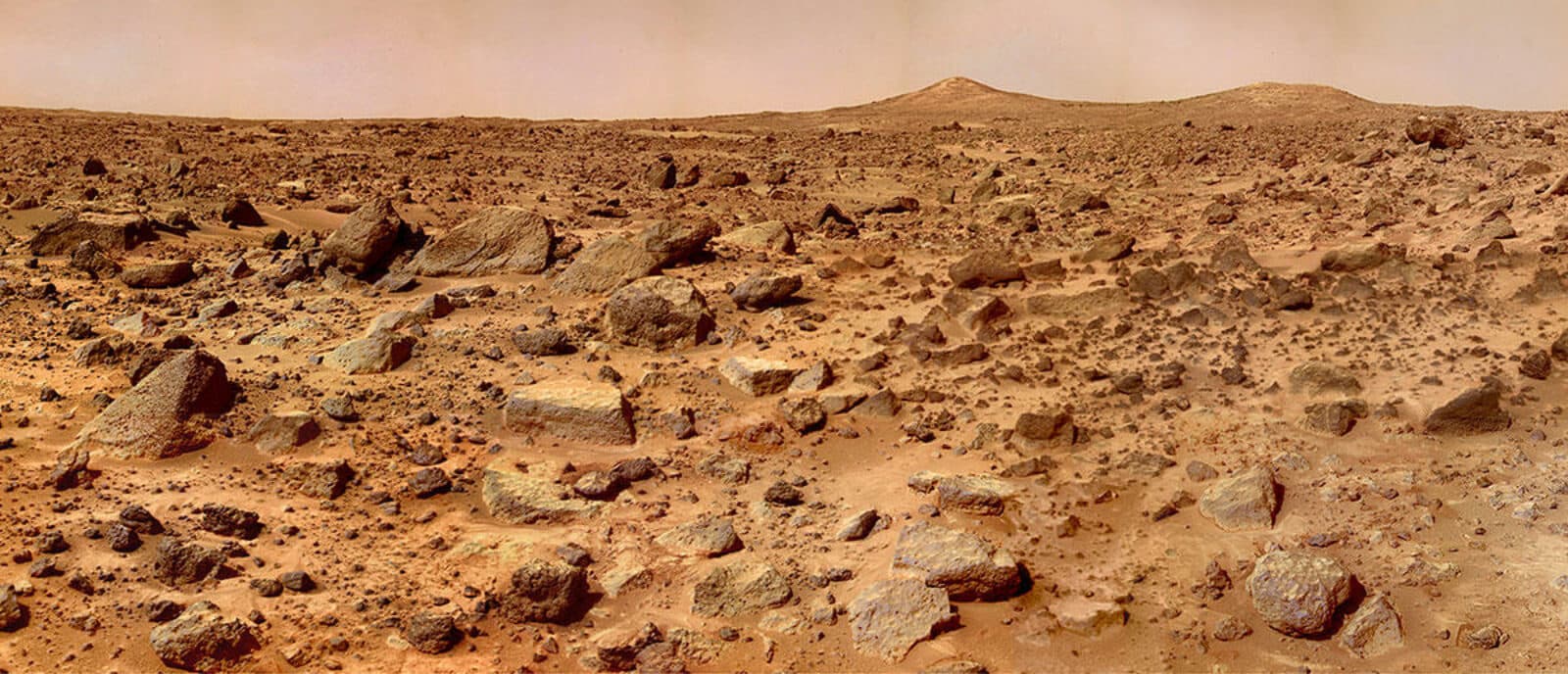A Connected Future
by Alan S. Brown
Imagine artificial intelligence helping scientists analyze data, soft robot battery "blood," and an unhackable quantum internet

The Author
What makes for scientific discovery? Often, it’s taking a paradigm that everyone knows is true and shaking it up or looking at it from a different perspective. We saw some great research from Kavli Institutes that did just that in June. One example is applying quantum technology to the internet to create a network that cannot be hacked. Another is distributing battery anodes throughout a robot and feeding them a liquid that activates them. A third involves looking more closely at something we hear every day—sound—and finding that the particles in it can have spins, just like electrons and light photons. In each case, pushing the boundaries of existing science raises new questions and creates opportunities for new research and new technology.
- Dutch double down on quantum networks.
QuTech has signed Dutch internet provider KPN as a commercial partner to build the world’s first quantum network. They plan to create a network of computers that cannot be hacked by software attacks and that can crack problems that cannot be solved by today’s digital computers. QuTech is a research spinoff of TU Delft’s Kavli Institute of Nanoscience whose partners include leading European universities as well as Microsoft, Intel, and SAP. Its scientific director, Ronald Hanson, and many of its scientists are also Kavli Institute researchers.
- It’s alive—soft robot “blood” provides power for unusual batteries.

Okay, it’s not really alive, but with its flexible silicone skin, this robot looks like a living lionfish as it swims upstream—for a remarkable 36 hours. The robofish uses an unusual battery that stores energy in a circulating liquid that acts like a battery cathode. The energy is released when the fluid comes in contact with battery anodes scattered throughout the fish. While the work is in its infancy, it shows potential for powering robots for much longer periods of time than batteries alone. Lynden Archer, a member of the Kavli Institute at Cornell for Nanoscale Science and an expert in batteries, was one of the key collaborators on the project.
- AI pictures electrons in motion.
Scanning tunneling microscopes can image the electric fields in individual atoms on a surface, but try making sense of what you see. The data that make up those patterns are massive and tens of thousands of times more complicated to decipher than an ordinary photograph. Machine learning—a type of artificial intelligence—may be a breakthrough way to analyze them. Cornell physicist Eun-Ah Kim, working with J.C. Séamus Davis of Kavli Institute at Cornell for Nanoscale Science, did just that. They trained their AI on perfect simulations of electron behavior, then turning it loose on a superconductor, a material that conducts electricity without any losses, to see what makes it tick. The technique gives physicists a powerful new tool to understand why complex electronics work the way they do.
- See sound spin.
Anyone who has ever watched a stereo speaker bouncing back and forth instinctively knows that sound is created by pressure from moving objects. That’s still true, but there’s a lot more to the story. It turns that particles in sound wave can have spins, just like electrons and photons. Xiang Zhang, a member of the Kavli Energy and NanoScience Institute at Berkeley, and Jie Ren of Tongji University have—for the first time ever—experimentally observed spins when two sound waves collide perpendicular to one another and in specially constructed metamaterials. The discovery opens new ways to explain acoustic behavior and develop new types of applications.
- What’s cooking on Mars?

Sometimes, given our incredible human-made structures—real and online—it is easy to forget how dependent we are on plants for more than just food. Plants provide us with everything from liquid fuels like gasoline to plastics, medicines, adhesives and a lot more. Filling that gap on Mars, where there are no plants, will take some doing. Enter Peidong Yang, director of the Kavli Energy NanoScience Institute at Berkeley. His lab has just won a $250,000 NASA grant to use nanoscience, electrochemistry, and catalysts to find a way to create sugars (and more complex chemicals) from carbon dioxide in the Martian atmosphere.
- More honors for Kavli Researchers.
Three Kavli researchers received honors during the past month. The Netherlands Organization for Scientific Research (NWO) chose Ronald Hanson as one of four awardees of the Spinoza Prize, the nation’s top science honor. Hanson is member of TU Delft’s Kavli Institute of Nanoscience and scientific director of QuTech, best known for his work on quantum entanglement and unhackable quantum networks. Meanwhile, Héctor Abruña, a member of the Kavli Institute at Cornell for Nanoscale Science received the International Society of Electrochemistry’s biannual Frumkin Memorial Medal. It recognizes his career in the development of battery and fuel cell materials. Also, Tsinghua University Press (TUP) and Springer Nature have named Omar Yaghi one of two winners of the Nano Research Award. He is recognized for his groundbreaking work in metal-organic frameworks, highly porous crystals with extraordinary properties, that have been studied around the world for applications ranging from chemical synthesis to scrapping water from desert air.